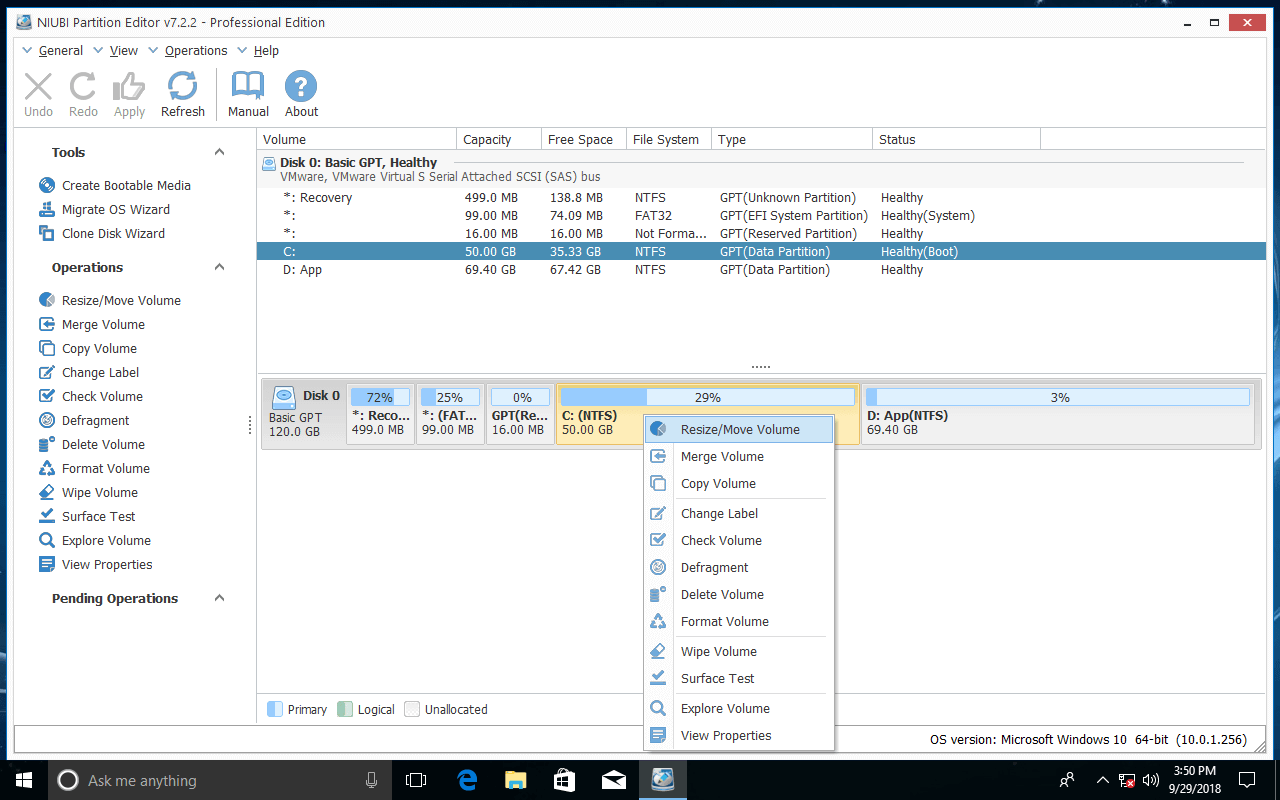
Linear – The color of a pixel is determined by the average color of the four closest pixels in the picture. It’s the fastest method, but can result in a coarse image. None – The color of a pixel is determined by its closest neighbor in the picture. Here is the difference between the different options: Lastly, you can choose the Interpolation method, which determines the quality of the scaling. When scaling, the whole image is always maintained. If you don’t want it to stretch, then you have to crop the image, which is kind of like scaling, but not the same since you’re removing parts of the image. If you click on the little chain to the right, it will “unlink” and you can then change the width or the height independently, which will stretch your image. Even if you take a higher resolution like 1600×1200, you can still reduce the width of these really huge images under 1000 pixels and still it will take up the entire screen.Īlso note that when changing the width or height, the aspect ratio will be maintained by default. Note that the most common resolution for computer screens a couple of years ago was 1024×768. This means you can reduce the resolution to 72 or 100 ppi without any noticeable difference in the image on a computer screen and it will reduce your image size significantly. The spatial resolution most screens can show is 72 or 100 (PPI or pixels/in). You can also adjust the resolution, which will allow you to view the image in its original size online, but reduce the print quality. This is the most common way to scale an image. You can change the image size directly by adjusting the width and the height. Anyway, once the scale image dialog appears, you’ll see a couple of options:
#Usb image tool resize windows#
You can do that by going to Windows and clicking on Single Window Mode. Note that in Gimp 2.8, you can combine all the windows into a single window instead of everything floating around all over the place. Once you have it installed, open your image and then click on Image and Scale Image.
#Usb image tool resize free#
It’s free and it has some nice tools for scaling images. To return everything to its original level, you can press the "Esc" key.If you want a little fancier program for resizing images, you can use a program called the Gimp. Once you're happy with the cropping, you can simply press the Enter key on your keyboard to complete the cropping. You can change your selection as much as you’d like before actually cropping. Left-clicking the right place at the image canvas to highlight the initial selection for cropping. On the toolbar, click on Tools, then open the Transform Tools and click on Crop. So, you can go to the crop tool as follows: You can crop the image to remove useless borders or any information in the image, and so on. Note that the original file will be deleted. Alternatively, you can overwrite the new file: click on File, then on the Overwrite button and enter a new name for the file. When you're done scaling your image, export your new changes by clicking the File button again, and then click Export. Here, find a place to enter new values for width and height and enter the desired values in pixels.


You should click on the Image button and then select Scale Image this will take you to the "Image Scale" dialog box.

On the screen, you see your image, and the information at the top of the window shows the current image dimensions in pixels. You may find these changes useful, for example, when your image is too large to be included in an email, embed in a web page, or published on the Internet.
#Usb image tool resize how to#
Now you will learn how to resize an image in GIMP.


 0 kommentar(er)
0 kommentar(er)
